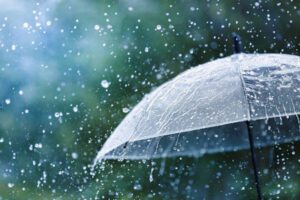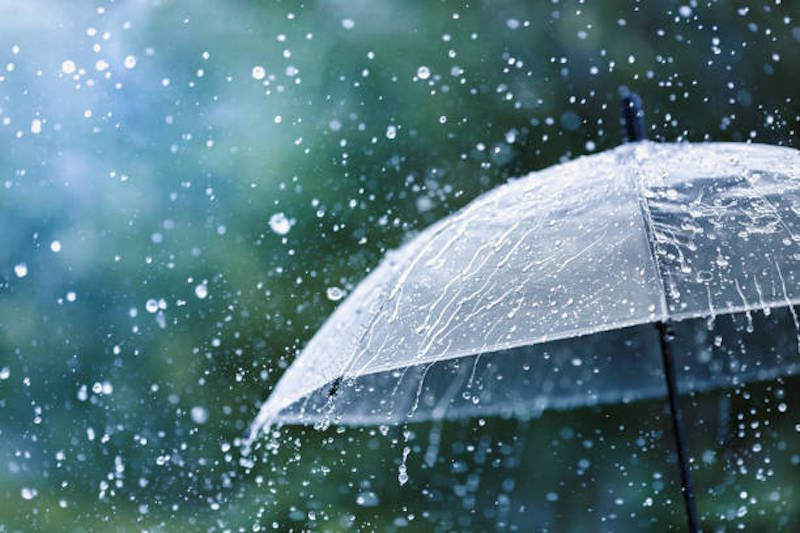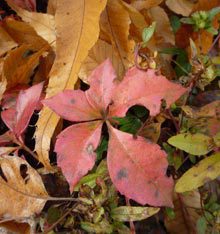
This past summer of 90 degree weather and much more rain than we needed sure is playing havoc with my garden. And August and September are supposed to be our driest months!
Not only does the rain interrupt my dogs’ potty-training habits – they hate going out in the rain – but many of my plants are slowly succumbing to root rot.
Root rot is a condition caused by too much watering. In this case, by Mother Nature.
In Beaufort County, our soil is mostly sandy. We are constantly admonished to add organic matter to the soil to help it retain water. However, in many areas, lurking like a bandit in the woods, is a substrata of clay, about a foot or two down. Too much rain and the water collects above the dense clay, creating soil that is waterlogged.
Most plants can tolerate wet feet for a day or two easily, but too much sustained rain can spell disaster, particularly where the water table is normally quite high.
Root rot is incurable. Some plants, however, can be saved by drastic surgery on the roots. Carefully dig up the plant and inspect the root ball. If you can find a few viable roots, prune away the dead ones and sprinkle a fungicide on the ones left. The fungicide recommended by the American Orchid Society is household cinnamon. It’s also used to prevent damping-off in your seed beds. And besides, it smells so delicious.
Before you replant it in the same hole, dig that hole a few inches deeper and add some gravel or builder’s sand to the bottom. This should help prevent any further root rot.
My 20-year-old Pindo palm which had a bumper crop last year, just fell over this spring and revealed a completely rotted out interior and root system. Eeew!
If you have an area in your yard that has standing water for days after a heavy rain and even grass won’t grow there, now is the time to think about a rain garden.
A rain garden is NOT a water garden. It is an area in your yard with about a 5 to 6 depression created by Mother Nature or by you, in which you can make a rain garden to be filled with plants that can tolerate standing water for more than a few hours or a few days. This garden allows storm water created by heavy rains to gently seep into the soil thereby avoiding storm water run-off. Storm water run-off is largely responsible for the chemical pollution of our waterways.
There are many beautiful sun and shade loving plants that that can fill your rain garden, plants that are flood and drought tolerant. Bear in mind, though, that all plants, even the drought tolerant ones, need regular water until they are established.
Some of my favorites are:
Iris virginica or Blue Flag Iris is just wonderful planted in large clumps in the sunny part of the garden, accompanied in the shadier part by Iris X nada or Butterfly Iris.
Butterfly Iris tends to spread generously, but it’s always welcome… and it’s evergreen.
Amsonia hubrectii or Blue Star is great for summer and fall interest. Its blue flowers give way in fall to a beautiful mound of bronze/gold foliage.
Baptesia or False Indigo is kind of a misnomer since it comes in several colors besides blue. This 3½ tall bushy shrub has great black seed pods, too.
Rudbecki fulgia or Black-eyed Susan, is a familiar favorite and looks great in a mass planting for a sunny area. Same for Echinecea purpera or Purple Coneflower. Both are excellent pollinators and seeds are good food sources for birds.
Asclepias or Milkweed. The only food for Monarch butterflies. Comes in many species, cultivars and colors but be sure to cut back the non-native species in October so the butterflies are not encouraged to stay here past the migrating season.
No rain garden should be without several kinds of ornamental grasses. There are too many to mention here, so look on-line. If you’re only going to plant just one, make it Muhly grass. Its wispy pink fronds in fall are just glorious!!
Some edibles such as asparagus, strawberries, and some cane berries (blackberries, elderberries and some raspberries) are suitable for the edges of a rain garden. Try some warm season plants like peppers, eggplant and tomatoes, too.
The Home and Garden Information Center (HGIC) at Clemson has some wonderful fact sheets on creating and planting a rain garden. Do check them out.
Remember to make hay while the sun shines.
And make a rain garden when it doesn’t.









